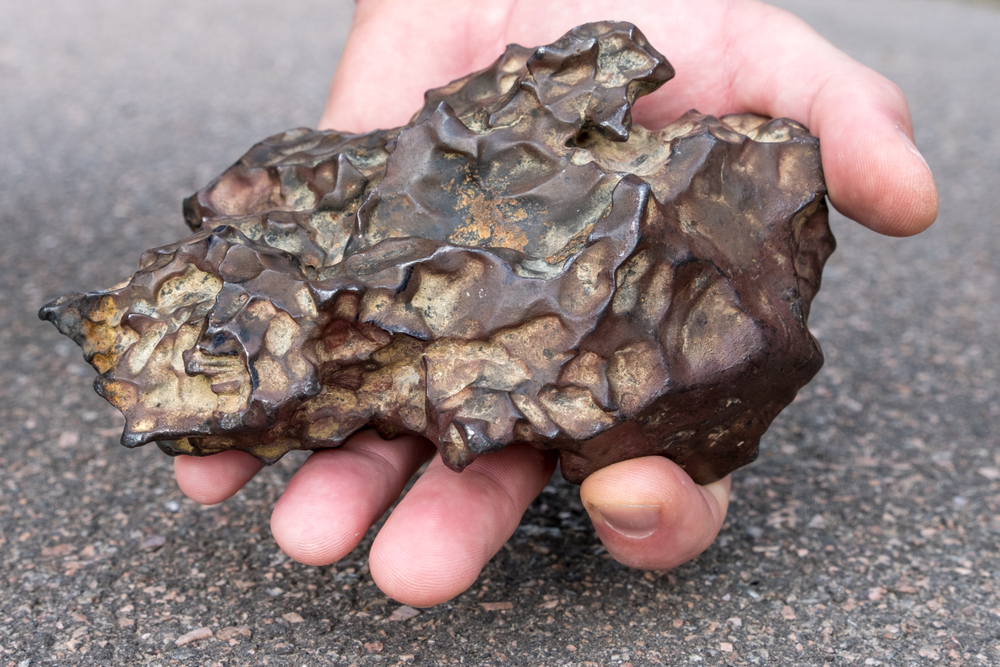In Antarctica, scientists have found some of the oldest and most pristine materials in our solar system. These meteorites are so old that they tell us very interesting things about Earth’s origins. In this blog post, we will discuss how Antarctic meteorites can shed light on what Earth might have been like before life evolved here.
For many years now, researchers had collected samples from these ancient rocks to figure out what happened at a time when Earth was the only known planet with no other planets or bodies yet formed around it.
Some studies suggest that over 90% of all asteroids in orbit around the Sun were born during this same period as well!
In 1909, a large group of men carried heavy supplies through bitter cold and thousands of miles of treacherous crevasses. Traveling by foot was the only feasible option because vehicles couldn’t access the area, and they were determined to find Earth’s magnetic South Pole. Douglas Mawson and Edgeworth David were among the scientists who searched for the South Pole for decades.
Antarctica still presents formidable challenges to scientific research over a century later. However, these barren mountains conceal the origins of mankind through meteorites, despite their harsh nature and barren appearance. Hundreds of meteorites are collected each year from Antarctica by Smithsonian scientists as a way to uncover the origins of Earth and our solar system.
The meteorite program in Antarctica started in 1969 after Japanese glaciologists discovered seven different types of meteorites. A joint mission from Japan and the United States, seven years after discovering the first meteorite fragment, looked for more fragments. Antarctica has been a destination for scientists seeking meteorites for over 40 years.
After recovering 23,000 different types from the continent so far, they still continue their hunt each year. Antarctic meteorites make up 90-95% of the individual specimens in the Smithsonian’s National Museum of Natural History collection.
Why are they searching for meteorites in Antarctica?
Antarctica has a very cold, dry climate that keeps meteorites well-preserved. Glacier movement carries a meteorite away from the pole once it freezes into the ice.
Tim McCoy, the curator of meteorites at the National Museum of Natural History, says, “The ice in Antarctica carries any rocks that happen to be in it towards and over the Trans-Antarctic Mountains. Strong winds blow the ice away, leaving only the stones behind.”
November is when a few scientists head south to the Trans-Antarctic mountains region. They spend about six weeks collecting meteorites. The Antarctic and the earliest explorers of its frozen, barren heart knew all too well about the challenges of working in this alien environment. Most of the workdays are unsuitable because of strong winds or overcast sunlight that makes features in the ground difficult to see.
The isolation of Antarctica prompts some astronauts to train in the area before joining the space station.
Cari Corrigan, a Smithsonian research geologist, has collected meteorites in Antarctica twice. She has compared the experience to working on the space station. “Except for the occasional contact with mission control, we have one call in a day to let base know that we’re ok.”
When scientists visit the Antarctic, they collect hundreds of meteorites that come in a variety of sizes. Antarctic meteorites are usually small and coated in a dark material called a fusion crust.
“When the meteorite comes through the atmosphere, it heats up due to friction and then starts to melt,” said Corrigan. “Some of them might not have burned all the way, or they could be covered in fusion crust.”
What do scientists do with the meteorites?
Scientists collect meteorites from the Antarctic, which they then freeze. After returning to their labs, these scientists ship samples back to the Johnson Space Center in Houston for analysis. Some meteorites are thawed and broken off for closer scientific analysis.
Though meteorites from the Antarctic continent started arriving on the shores of Dr. Corrigan’s home state of California 20 years ago, the specimens found themselves in storage at an off-site facility for another ten years before museum researchers could classify them. The weathering effects of day-to-day living are prevented by keeping the rocks in nitrogen-filled cases.
“One of our main functions is taking care of meteorites and making sure that their samples stay dry. That’s very difficult when you have a tropical space station,” Corrigan said.
Antarctic meteorites provide a snapshot of the formation of our solar system, while meteorites in other regions can be altered by organic materials.







